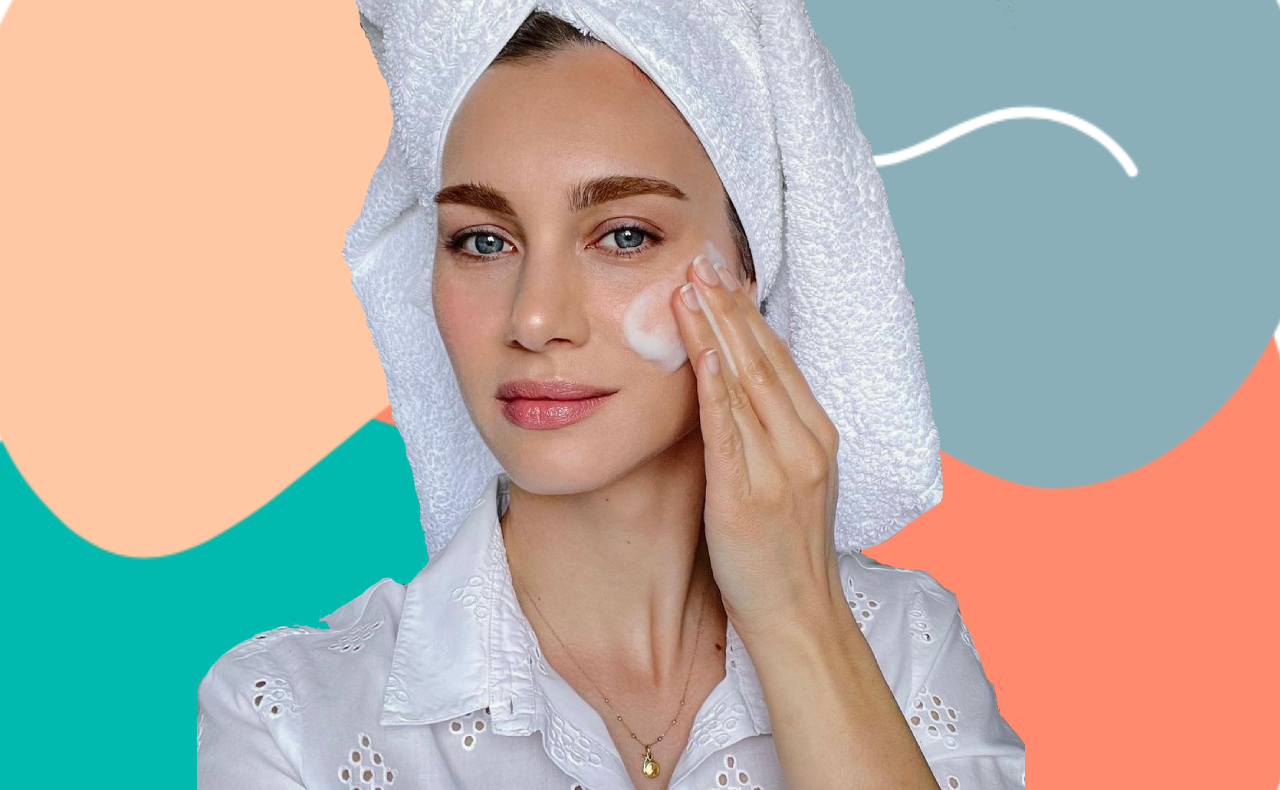Porcelain veneers are one of many treatment options available for those looking to perfect the shape, size and colour of their teeth, but are veneers the right option for you?
Earlier this year I asked our members what they wanted to know about veneers and then I lined up an interview with Dr Luke Cronin of Quality Dental on Sydney’s lower north shore to answer the most popular questions.
What are veneers?
“Porcelain veneers are ultra-thin porcelain shells that are precisely bonded to the front of your existing teeth to create a more uniform balanced and natural looking smile,” says Dr Luke.
What is the most common reason people want veneers?
Dr Luke says people usually want veneers to address concerns with the shape, size and colour of their natural teeth. “We can use porcelain veneers to add length to teeth, width to teeth, to correct a sloping gum-line, to create height and uniformity of the teeth along the gum-line, and to address permanent noticeable staining or discolouration. By placing the thin porcelain shell over the front surface of the tooth we can create greater uniformity in length, width, shape and colour while still maintaining a very natural look,” he says.
Is there any reason you would advise a patient against veneers?
“Veneers cannot fix the position of your teeth. You may require orthodontic treatment if you are concerned with the position of your teeth,” says Dr Luke.
“If the patient is better suited to realignment and whitening, then I will make that recommendation. I wouldn’t recommend a patient getting veneers for very decayed and damaged teeth without a thorough assessment,” he adds.
What does the process of getting veneers involve from start to finish?
“The treatment is spaced over a number of appointments, starting with a consultation. The consultation process allows me to understand the patient’s concerns as well as their preferences for their new smile. Using photos and scans of the patient’s face and teeth I digitally design the patient’s porcelain veneers using innovative 3Shape technology. A three-dimensional printed model is then created based on the design and from this a thin acrylic model or mock-up of the veneers is created that the patient can try on over their existing teeth before treatment even begins.
“Using porcelain veneers means that I only have to do minimal preparation of the natural tooth to provide the ideal surface for the veneer to be placed on. Once the teeth have been prepared temporary veneers are fitted while the porcelain veneers are made. Around 5-10 days later the temporary veneers are removed and the porcelain veneers are cemented into place,” says Dr Luke.
What is the average cost of veneers?
Dr Luke says the cost of porcelain veneers varies quite significantly and it is usually between $1200-$3000 per tooth. He advises you always ask to see before and after photos of the dentist’s prior patients before you commit to a treatment.
“I won’t start treatment until my patients are completely happy with the design of their veneers, and we do this with cosmetic smile design photos, 3D models and try-on acrylic models. All these steps ensure that our patients have a realistic preview of what their teeth will look like with their porcelain veneers,” he says.
The comparison between porcelain and composite veneers – which is better and why?
“Porcelain veneers cost more but they will last considerably longer and look far more natural than composite veneers. Ask your dentist to show you examples of their work during the consultation. Before and after photos of their patients will provide you with a good idea of the dentist’s aesthetic and the quality of their cosmetic work. You may require multiple and consecutive veneers to achieve the smile you are after,” says Dr Luke.
Is there a way to see what you would look like with veneers before committing to the procedure?
“At Quality Dental we have pioneering technology that allows us to digitally scan the patients smile, using a digital wand from 3Shape, this enables us to provide a mock-up of what they’ll will look like after the procedure. The process takes only 10 minutes and can very closely replicate the final result, due to it being based on their actual smile,” he says.
How long do veneers last?
“Porcelain veneers are incredibly durable and if you follow a daily oral health routine you can expect 10+ years from your porcelain veneers,” says Dr Luke.
How do you care for veneers to make them last longer?
Dr Luke says porcelain veneers have a similar strength to natural teeth and you should take the same level of care. “Avoid biting hard food … and if you have been advised that you grind your teeth at night then wearing a night guard will extend the lifespan of both your natural teeth and your veneers.” he says.
Are there any foods or beverages you should avoid once you have veneers?
“There are no food or beverages that you need to avoid following having your veneers placed. They function as your normal teeth do. In fact porcelain veneers will not stain like natural teeth would so there is less need to avoid food that will stain your teeth,” says Dr Luke.
Is it true that veneers damage your teeth enamel?
“When veneers are prepared between 0.3-0.5mm of the enamel is removed to accommodate the veneer and to hide the join between the veneer and the natural tooth. The strength of the tooth is maintained as the veneers are bonded to the enamel replicating the strength of a natural teeth. Porcelain veneers are often used to replace enamel damaged through wear and tear,” he says.
What are some of the biggest misconceptions you hear about veneers? And what are the facts?
Misconception: Does it hurt?
Fact: Some patients may experience sensitivity following treatment, but this is not permanent. Treatment is spaced over two appointments and we ensure that the area surrounding the teeth is numb prior to the beginning of treatment.
Misconception: Will they ruin my natural teeth?
Fact: Porcelain veneers require minimal preparation of your natural teeth. This means that the natural enamel of the tooth is still present giving the tooth the same biological properties that it had prior to preparation. Put simply, porcelain veneers are designed to mimic nature.
Your tips on finding the right dentist, and possible ‘warning signs’ to look for before choosing somebody?
“Finding the right dentist can be a daunting task. It is important that you have a good rapport with your dentist as cosmetic dentistry is a journey. It is a fun journey but one you need a good relationship for. Asking to see examples of before and afters of similar cases is crucial to understanding the expertise of the dentist. How frequently the dentist does the procedure is likely to give you an indication of their skill and experience as well.”
Would you consider getting porcelain veneers?



